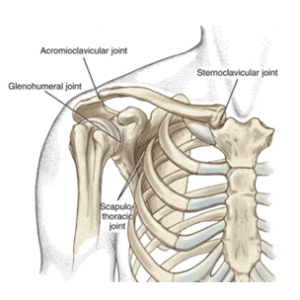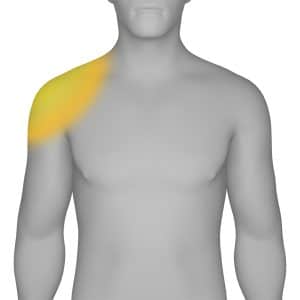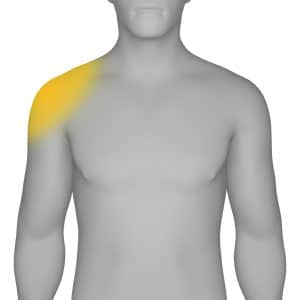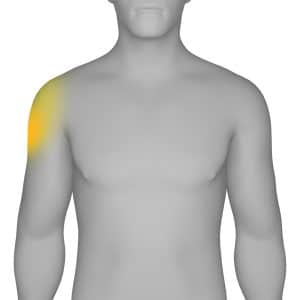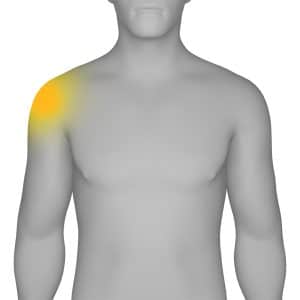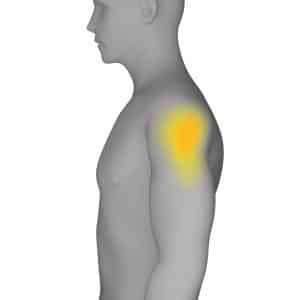Your Shoulder
The ‘shoulder complex’ is made up of four joints and has many muscles which control movement of the arm and shoulder blade. There are also several shoulder ligaments which help make the joints more stable.
There is an arch over the top of the shoulder joint (gleno-humeral joint) consisting of the end of the shoulder blade (acromion) and the collar bone (clavicle). Between these two areas is the acromio-clavicular joint (ACJ). The space under this arch is called the sub-acromial space. This is where the tendons of the ‘rotator cuff’ muscles wrap around the head of the arm bone (humerus).
